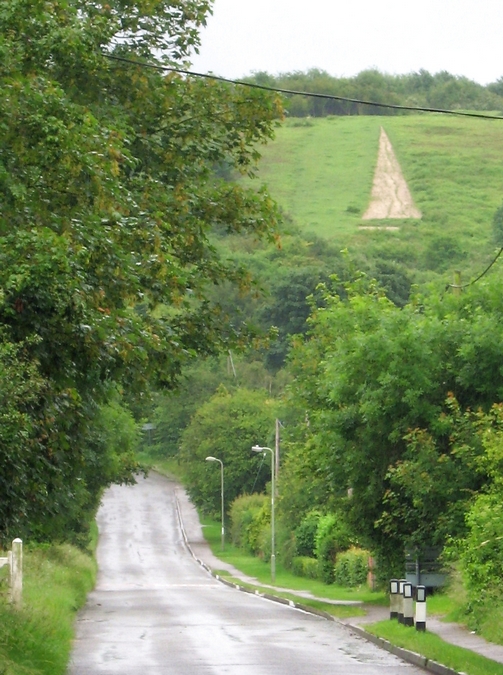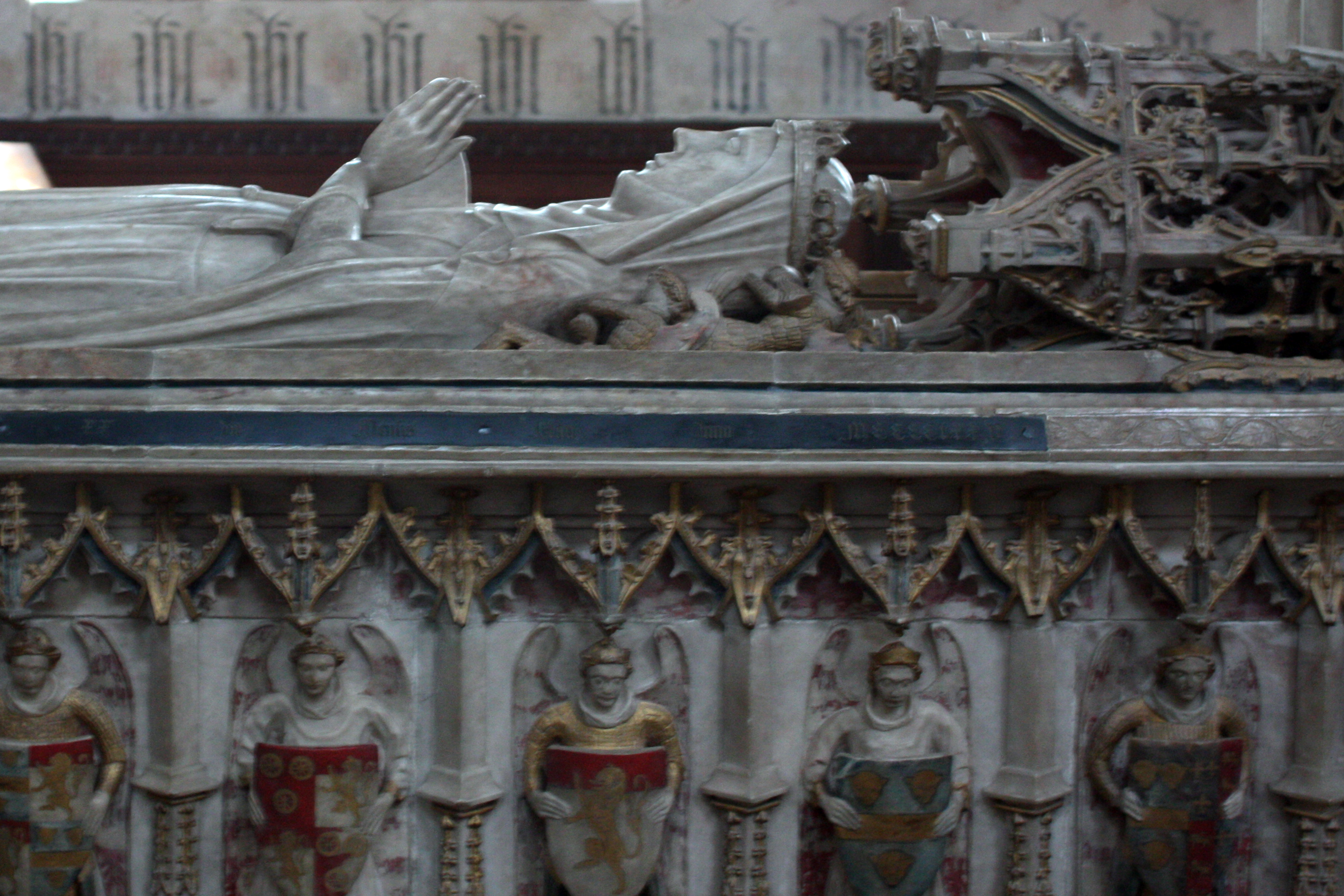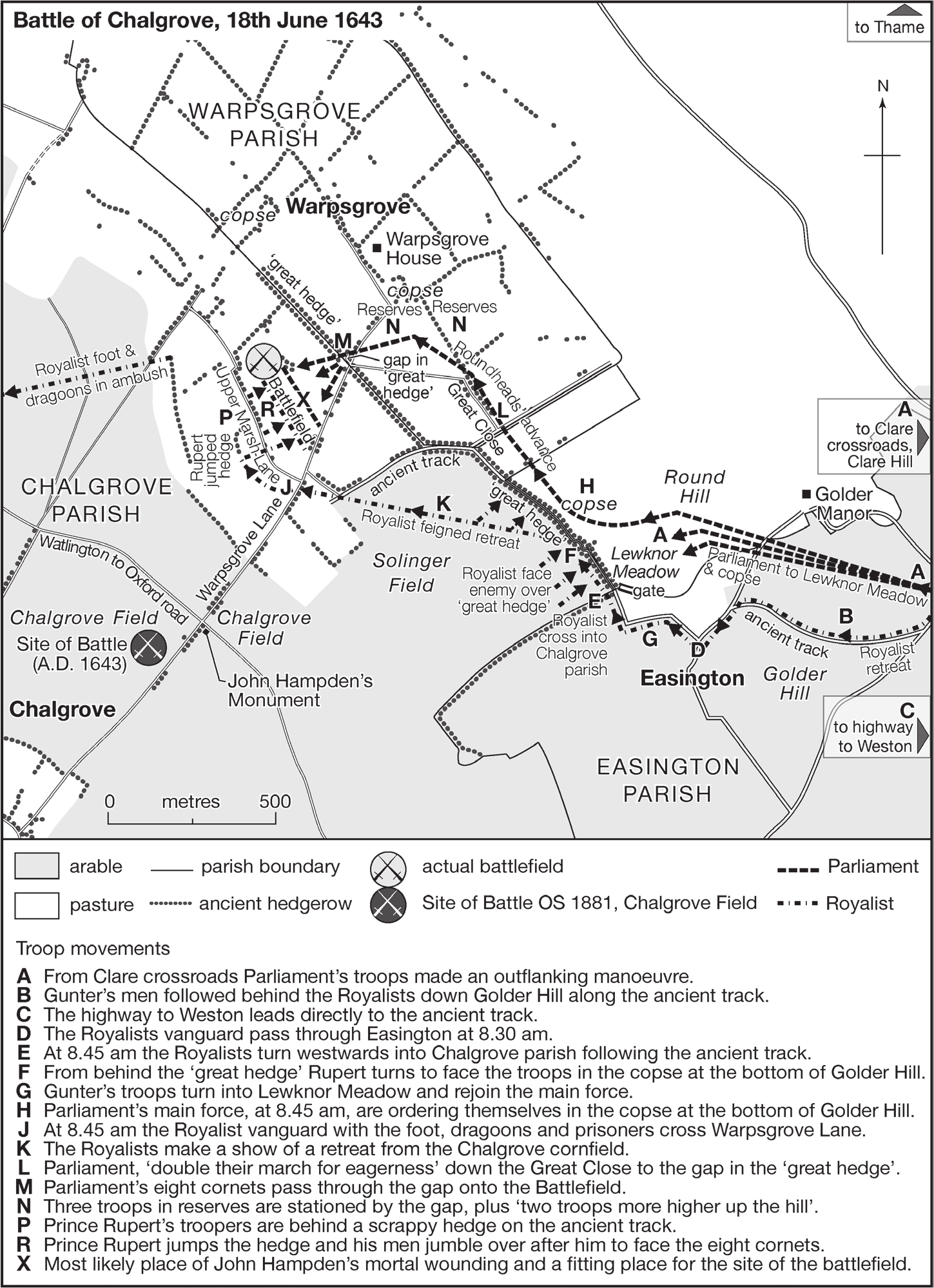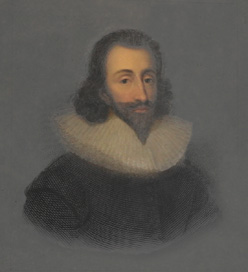|
Watlington, Oxfordshire
Watlington is a small market town and civil parish about south of Thame in Oxfordshire, near the county's eastern edge and less than from its border with Buckinghamshire. The parish includes the hamlets of Christmas Common, Greenfield and Howe Hill, all of which are in the Chiltern Hills. The 2011 Census recorded the parish's population as 2,727. History The Watlington area is likely to have been settled at an early date, encouraged by the proximity of the Icknield Way. The toponym means "settlement of Waecel's people" and indicates occupation from around the 6th century. A 9th-century charter by Æthelred of Mercia records eight 'manses' or major dwellings in Watlington. The Domesday Book of 1086 referred to the town as ''Watelintone'' or ''Watelintune''. Medieval documents indicate that the modern street plan was in existence in the 14th century, as ''Cochynes-lane'' (Couching Street), and Brook Street are recorded. There are records of inns in Watlington since the 15t ... [...More Info...] [...Related Items...] OR: [Wikipedia] [Google] [Baidu] |
Waeclingas
The ''Waeclingas'' (Old English ''Wæclingas'') were a tribe or clan of Anglo-Saxon England. Their territory or '' regio'' was based in the modern city of St Albans, whose name is recorded as ''Wæclingaceaster'' ("the former Roman fortification of the ''Wæclingas''") in the writings of Bede in the early 8th century, and in an early 10th century Anglo-Saxon charter. Before the territory came under Mercian control around 660 it may have formed part of the province of the Middle Saxons, or it may have fallen under the influence of the Kingdom of Essex – neither is certain. The name of the tribe comes from a personal name, meaning "the people of ''Wæcla''". The tribe gave their name to Watling Street, the former Roman road from London to St Albans. The small town of Watlington in South Oxfordshire is also said to derive its name from the Waeclingas. The tribal territory of the ''Waeclingas'' may have corresponded to the territory of the ''municipium'' of Verulamium, the Romano- ... [...More Info...] [...Related Items...] OR: [Wikipedia] [Google] [Baidu] |
National Society For Promoting Religious Education
The National Society (Church of England and Church in Wales) for the Promotion of Education, often just referred to as the National Society, and since 2016 also as The Church of England Education Office (CEEO) is significant in the history of education in England and Wales. It promotes church schools and Christian education in line with the established church. Historically it was in strong competition with the nonconformist organization British and Foreign School Society. Both promoted the monitorial system, whereby a few paid teachers worked with senior students who in turn taught the junior students. The National Society was strongly supported by the Anglican clergy, Oxford and Cambridge universities, and the established church. The nonconformist Protestants were in strong opposition. History It was founded on 16 October 1811 as the ''"National Society for Promoting the Education of the Poor in the Principles of the Established Church in England and Wales"''. The Church of Engla ... [...More Info...] [...Related Items...] OR: [Wikipedia] [Google] [Baidu] |
School Board (England & Wales)
School boards were public bodies in England and Wales between 1870 and 1902, which established and administered elementary schools. School boards were created in boroughs and parishes under the Elementary Education Act 1870 following campaigning by George Dixon, Joseph Chamberlain and the National Education League for elementary education free from Anglican doctrine. Education was still not free of fees. Members were directly elected, not appointed by borough councils or parishes. Each board could: *raise funds from a rate *build and run non-denominational schools where existing voluntary provision was inadequate *subsidise church schools where appropriate *pay the fees of the poorest children *if they deemed it necessary, create a by-law making attendance compulsory between ages 5–13 - until the Elementary Education Act 1880 when it became compulsory for all. *were not to impose any religious education, other than simple Bible reading Unusually for the time, women were el ... [...More Info...] [...Related Items...] OR: [Wikipedia] [Google] [Baidu] |
National School (England And Wales)
A National school was a school founded in 19th century England and Wales by the National Society for Promoting Religious Education. These schools provided elementary education, in accordance with the teaching of the Church of England, to the children of the poor. Together with the less numerous British schools of the British and Foreign School Society, they provided the first near-universal system of elementary education in England and Wales. The schools were eventually absorbed into the state system, either as fully state-run schools or as faith schools funded by the state. History Prior to 1800, education for poorer children was limited to isolated charity schools. In 1808 the Royal Lancastrian Society (later the British and Foreign School Society) was created to promote schools using the Monitorial System of Joseph Lancaster. The National Society was set up in 1811 to establish similar schools using the system of Dr Andrew Bell, but based on the teachings of the Church of ... [...More Info...] [...Related Items...] OR: [Wikipedia] [Google] [Baidu] |
Vestry
A vestry was a committee for the local secular and ecclesiastical government for a parish in England, Wales and some English colonies which originally met in the vestry or sacristy of the parish church, and consequently became known colloquially as the "vestry". Overview For many centuries, in the absence of any other authority (which there would be in an incorporated city or town), the vestries were the sole ''de facto'' local government in most of the country, and presided over local, communal fundraising and expenditure until the mid or late 19th century using local established Church chairmanship. They were concerned for the spiritual but also the temporal as well as physical welfare of parishioners and its parish amenities, collecting local rates or taxes and taking responsibility for numerous functions such as the care of the poor, the maintaining of roads, and law enforcement, etc. More punitive matters were dealt with by the manorial court and hundred court, and latter ... [...More Info...] [...Related Items...] OR: [Wikipedia] [Google] [Baidu] |
Ewelme
Ewelme () is a village and civil parish in the Chiltern Hills in South Oxfordshire, north-east of the market town of Wallingford. The 2011 Census recorded the parish's population as 1,048. To the east of the village is Cow Common and to the west, Benson Airfield, the north-eastern corner of which is within the parish boundary. The solid geology is chalk overlying gault clay. The drift geology includes some gravel. Toponym The toponym is derived from ''Ae-whylme'', Old English for "waters whelming". It refers to the spring just north of the village, which forms the King's Pool that feeds the Ewelme Brook. The brook flows past Fifield Manor and then through nearby Benson before joining the River Thames. It formed the basis of Ewelme's watercress beds, which provided much local employment until well into the 20th century. Before the inclosure in 1863, there was no clear boundary between the parishes of Ewelme, Benson and Berrick Salome where they shared large open fields. Ewe ... [...More Info...] [...Related Items...] OR: [Wikipedia] [Google] [Baidu] |
Grammar School
A grammar school is one of several different types of school in the history of education in the United Kingdom and other English-speaking countries, originally a school teaching Latin, but more recently an academically oriented secondary school, differentiated in recent years from less academic secondary modern schools. The main difference is that a grammar school may select pupils based on academic achievement whereas a secondary modern may not. The original purpose of medieval grammar schools was the teaching of Latin. Over time the curriculum was broadened, first to include Ancient Greek, and later English and other European languages, natural sciences, mathematics, history, geography, art and other subjects. In the late Victorian era grammar schools were reorganised to provide secondary education throughout England and Wales; Scotland had developed a different system. Grammar schools of these types were also established in British territories overseas, where they have evolv ... [...More Info...] [...Related Items...] OR: [Wikipedia] [Google] [Baidu] |
Battle Of Chalgrove Field
The Battle of Chalgrove Field took place on 18 June 1643, during the First English Civil War, near Chalgrove, Oxfordshire. It is now best remembered for the death of John Hampden, who was wounded in the shoulder during the battle and died six days later. Hoping to capture a Parliamentarian convoy containing £21,000 in cash, during the night of 17 to 18 June Royalist cavalry from Oxford led by Prince Rupert raided positions around Chinnor. Although they failed to intercept the convoy, they seized supplies and prisoners and headed home pursued by cavalry under Hampden and Major John Gunter. Prince Rupert halted at Chalgrove and counterattacked, scattering his opponents before their main force arrived under Sir Philip Stapleton. The ease with which the Royalists conducted their raid, along with the failure to capitalise on the capture of Reading in April caused serious criticism of the Earl of Essex, Parliamentarian commander. On the other hand, Royalist morale was significant ... [...More Info...] [...Related Items...] OR: [Wikipedia] [Google] [Baidu] |
John Hampden
John Hampden (24 June 1643) was an English landowner and politician whose opposition to arbitrary taxes imposed by Charles I made him a national figure. An ally of Parliamentarian leader John Pym, and cousin to Oliver Cromwell, he was one of the Five Members whose attempted arrest in January 1642 sparked the First English Civil War. After war began in August 1642, Hampden raised an infantry regiment, and died of wounds received at the Battle of Chalgrove Field on 18 June 1643. His loss was considered a serious blow, largely because he was one of the few Parliamentary leaders able to hold the different factions together. However, his early death also meant he avoided the bitter internal debates later in the war, the execution of Charles I in 1649, and establishment of The Protectorate. This makes him a less complex figure than Cromwell or Pym, a key factor in why his statue was erected in the Palace of Westminster to represent the Parliamentarian cause in 1841. A reputation for ... [...More Info...] [...Related Items...] OR: [Wikipedia] [Google] [Baidu] |
English Civil War
The English Civil War (1642–1651) was a series of civil wars and political machinations between Parliamentarians (" Roundheads") and Royalists led by Charles I ("Cavaliers"), mainly over the manner of England's governance and issues of religious freedom. It was part of the wider Wars of the Three Kingdoms. The first (1642–1646) and second (1648–1649) wars pitted the supporters of King Charles I against the supporters of the Long Parliament, while the third (1649–1651) saw fighting between supporters of King Charles II and supporters of the Rump Parliament. The wars also involved the Scottish Covenanters and Irish Confederates. The war ended with Parliamentarian victory at the Battle of Worcester on 3 September 1651. Unlike other civil wars in England, which were mainly fought over who should rule, these conflicts were also concerned with how the three Kingdoms of England, Scotland and Ireland should be governed. The outcome was threefold: the trial of and ... [...More Info...] [...Related Items...] OR: [Wikipedia] [Google] [Baidu] |
Roundhead
Roundheads were the supporters of the Parliament of England during the English Civil War (1642–1651). Also known as Parliamentarians, they fought against King Charles I of England and his supporters, known as the Cavaliers or Royalists, who claimed rule by absolute monarchy and the principle of the divine right of kings. The goal of the Roundheads was to give to Parliament the supreme control over executive administration of the country/kingdom. Beliefs Most Roundheads sought constitutional monarchy in place of the absolute monarchy sought by Charles; however, at the end of the English Civil War in 1649, public antipathy towards the king was high enough to allow republican leaders such as Oliver Cromwell to abolish the monarchy completely and establish the Commonwealth of England. The Roundhead commander-in-chief of the first Civil War, Thomas Fairfax, remained a supporter of constitutional monarchy, as did many other Roundhead leaders such as Edward Montagu, 2nd Earl of ... [...More Info...] [...Related Items...] OR: [Wikipedia] [Google] [Baidu] |








